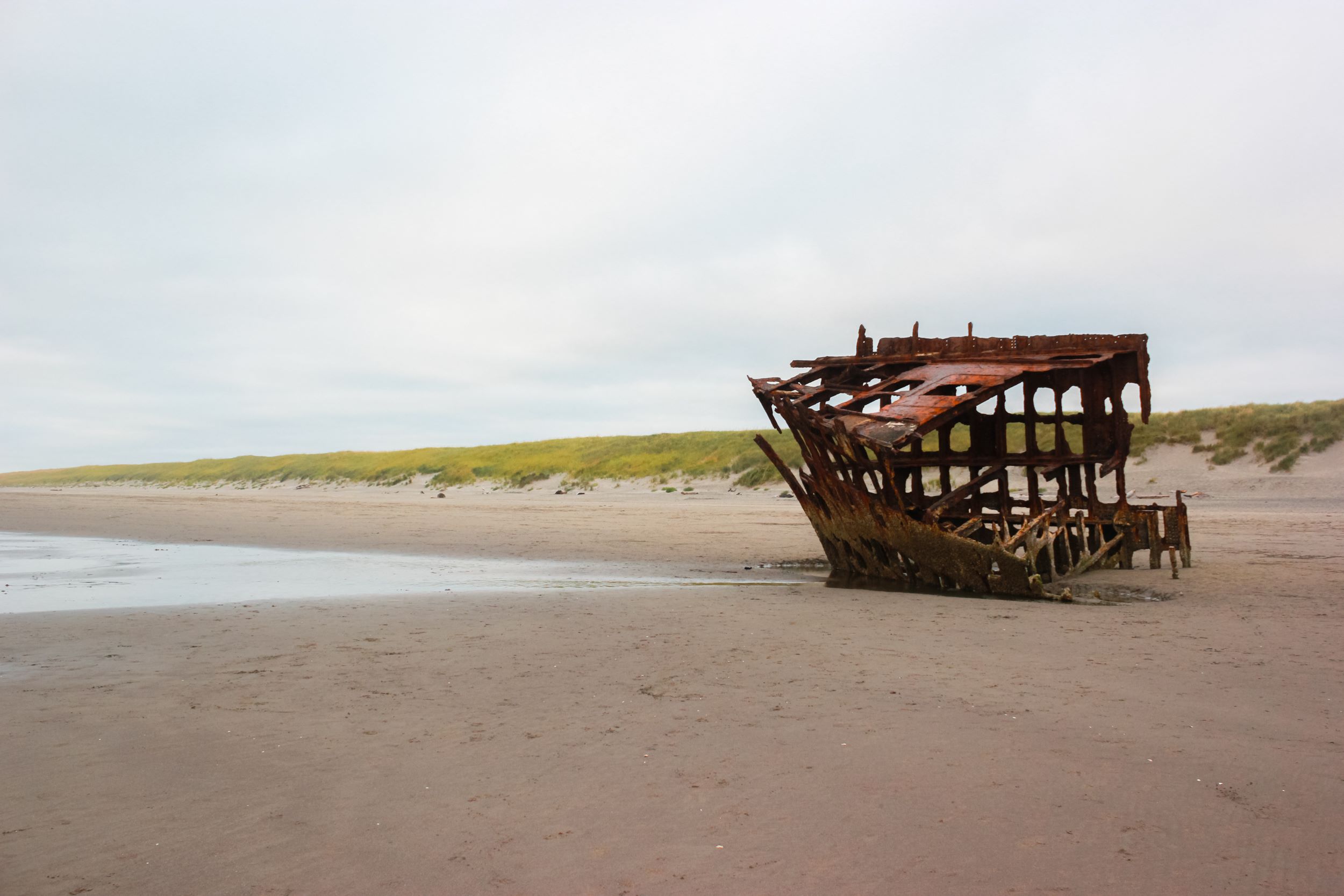Uncover The Mysteries Of Fort Stevens’ Shipwreck Remains

Ever wondered about the stories behind Fort Stevens' shipwreck remains? Located on the Oregon coast, Fort Stevens State Park holds a piece of maritime history that intrigues visitors. The most famous wreck, the Peter Iredale, ran aground in 1906 and has since become a must-see attraction. Rusted metal and weathered wood tell tales of the past, sparking curiosity and imagination. Walking along the beach, you can almost hear the whispers of sailors and feel the echoes of their adventures. Whether you're a history buff or just love a good mystery, Fort Stevens offers a unique glimpse into the past.
The Allure of Fort Stevens
Fort Stevens State Park, located in Oregon, offers a unique blend of history and natural beauty. One of its most intriguing features is the collection of shipwreck remains scattered along its shores. These remnants tell stories of maritime adventures, mishaps, and the relentless power of the ocean. Let's dive into the fascinating shipwrecks you can find at Fort Stevens.
The Peter Iredale
The most famous shipwreck at Fort Stevens is undoubtedly the Peter Iredale. This four-masted steel barque ran aground in 1906 and has since become an iconic landmark.
Peter Iredale's Bow: The bow of the Peter Iredale juts out of the sand, creating a dramatic and photogenic scene. It's a popular spot for visitors to snap photos and imagine the ship's final moments.
Rusting Hull: Over the years, the hull of the Peter Iredale has rusted, giving it a hauntingly beautiful appearance. The rust patterns and textures make it a favorite subject for photographers and artists.
Tidal Pools: At low tide, small tidal pools form around the wreck, teeming with marine life. These pools offer a glimpse into the underwater world and are a hit with kids and nature enthusiasts.
The Emily G. Reed
Another notable shipwreck at Fort Stevens is the Emily G. Reed. This wooden schooner met its fate in 1908, and its remains can still be seen today.
Scattered Timbers: The wreck of the Emily G. Reed is less intact than the Peter Iredale, with scattered timbers and planks strewn across the beach. These remnants provide a stark reminder of the ship's tragic end.
Beachcombing Treasures: The area around the Emily G. Reed wreck is a treasure trove for beachcombers. Pieces of the ship, along with other maritime artifacts, often wash ashore, waiting to be discovered.
The Wreck of the Glenesslin
The Glenesslin, a British sailing ship, met its demise in 1913. Its wreckage adds another layer of intrigue to Fort Stevens' maritime history.
Hidden Remains: Unlike the Peter Iredale, the remains of the Glenesslin are more hidden and require a keen eye to spot. Exploring the area can feel like a treasure hunt, with bits of the ship peeking out from the sand and surf.
Historical Significance: The Glenesslin's wreck is significant not just for its physical remains but also for the stories it tells. Learning about the ship's history and its ill-fated voyage adds depth to the experience.
The Wreck of the Sujameco
The Sujameco, a steamship, ran aground in 1929. Its wreckage is less well-known but still worth exploring.
Engine Parts: Parts of the Sujameco's engine can still be found on the beach. These mechanical remnants offer a glimpse into the ship's inner workings and the technology of the time.
Erosion and Decay: The Sujameco's wreck is a powerful example of how nature reclaims human creations. Watching the slow erosion and decay of the ship over time is a poignant reminder of the ocean's power.
Exploring Fort Stevens' Shipwrecks
Visiting Fort Stevens and its shipwrecks is like stepping back in time. Each wreck has its own story, adding to the park's rich tapestry of history and natural beauty. Whether you're a history buff, a photographer, or just someone who loves the ocean, Fort Stevens' shipwrecks offer something for everyone.
Discovering History at Fort Stevens
Fort Stevens' shipwreck remains offer a unique glimpse into the past. Walking along the beach, you can see the rusted skeleton of the Peter Iredale, a ship that ran aground over a century ago. This site is not just for history buffs; it's a fascinating spot for anyone curious about maritime tales. The fort itself adds another layer of intrigue with its military history. Exploring this area, you get a sense of the challenges and adventures faced by those who sailed these waters. Whether you're a local or a visitor, Fort Stevens provides a memorable experience. The combination of natural beauty and historical significance makes it a must-visit. So next time you're in Oregon, take some time to explore this hidden gem. You won't regret it.

